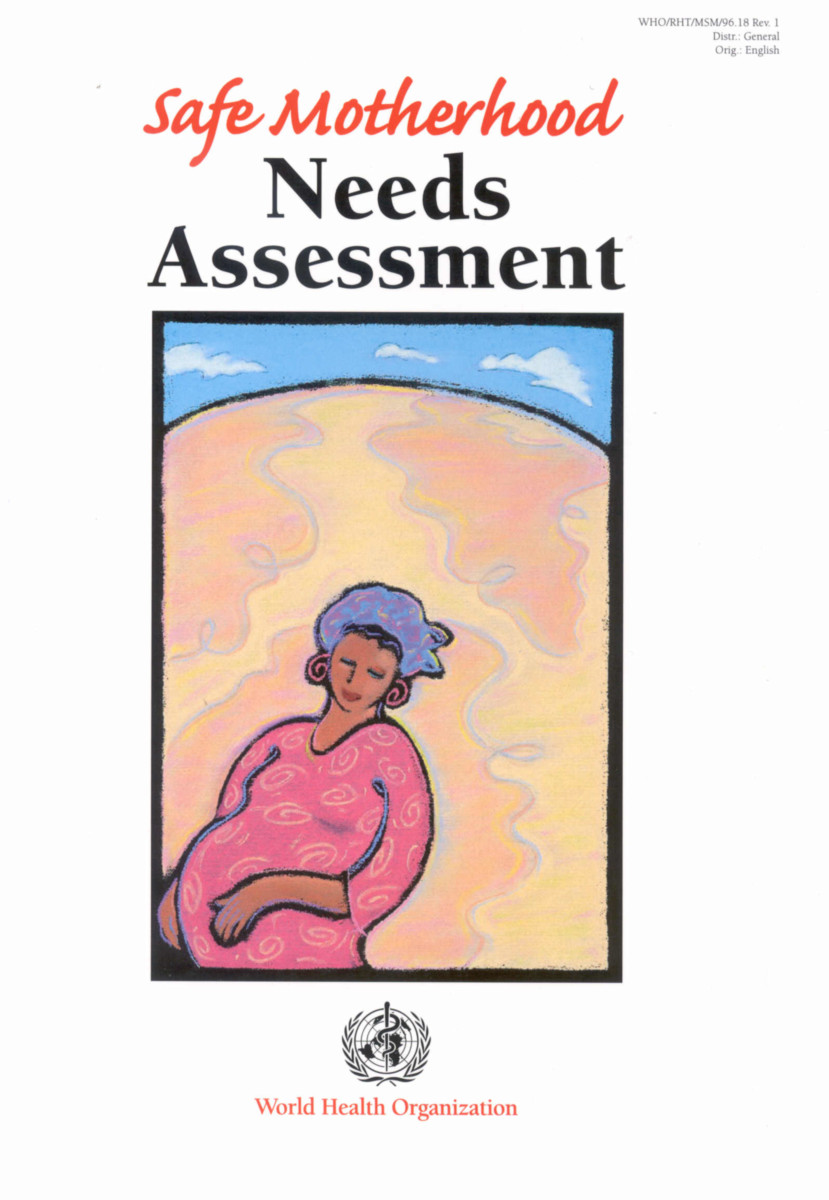Safe Motherhood Needs Assessment
- Publisher
World Health Organization - Published
30th January 2006 - ISBN 9789241597678
- Language English
- Pages 116 pp.
- Size 10" x 8.5"
- Images charts, forms, 3.5 floppy disc
A complete "toolbox" of guidelines, training manuals, model survey forms, step-by-step instructions, checklists, and pre-programmed computerized routines developed by WHO to assist countries in their efforts to promote safe motherhood. Carefully designed and thoroughly tested, these instruments form an approach to needs assessment that uses a rapid survey to collect data on the availability, use, and quality of antenatal, delivery, and postpartum care. Apart from determining how well these services are functioning, the survey is also designed to identify barriers and gaps in care and thus assist in the national planning process.
The approach, which is both rapid and methodologically rigorous, concentrates on the essential life-saving interventions set out in the WHO Mother-Baby Package, and collects data on staff skills and ability to provide these services. The approach also collects data on the availability of appropriate drugs, supplies, equipment, facilities, and transportation.
Central to the assessment is a package of structured survey forms which are used to collect data through interviews with managers, staff, and clients, through the observation of facilities and supplies, and from reviews of records. Such a strategy allows assessment of health services from many different perspectives, and gathers data at the district level where decisions are made. To facilitate their selection and adaptation to local needs, all forms are presented in electronic format in an accompanying diskette.
The WHO guide to safe motherhood needs assessment has five parts. The first provides guidelines for the assessment, describes its aims and objectives, introduces the survey forms, and gives advice on each of 16 steps in an implementation process that moves from the appointment of a core team, through the selection, adaptation, and testing of survey forms, to field training, field work, and the recording, analysis, and use of findings. Part two reproduces the complete set of model survey forms together with brief advice about their purpose and use. Part three, which serves as a manual for trainers, covers the objectives and content of a five-day workshop aimed at teaching surveyors to use the forms correctly and to ensure inter-surveyor reliability.
A surveyor's manual is provided in part four, which serves as both a training tool for the workshop and a practical reference for use during data collection. The manual offers detailed guidelines for the completion of questions in each of the model survey forms, together with sample partographs for practicing completion of forms. The final part reproduces dummy tables to facilitate the tabulation, analysis and interpretation of results. These training tools and assessment instruments are accompanied by a diskette, which contains the surveyor's manual and dummy tables in word processing format and the survey forms in Epi-Info format.


